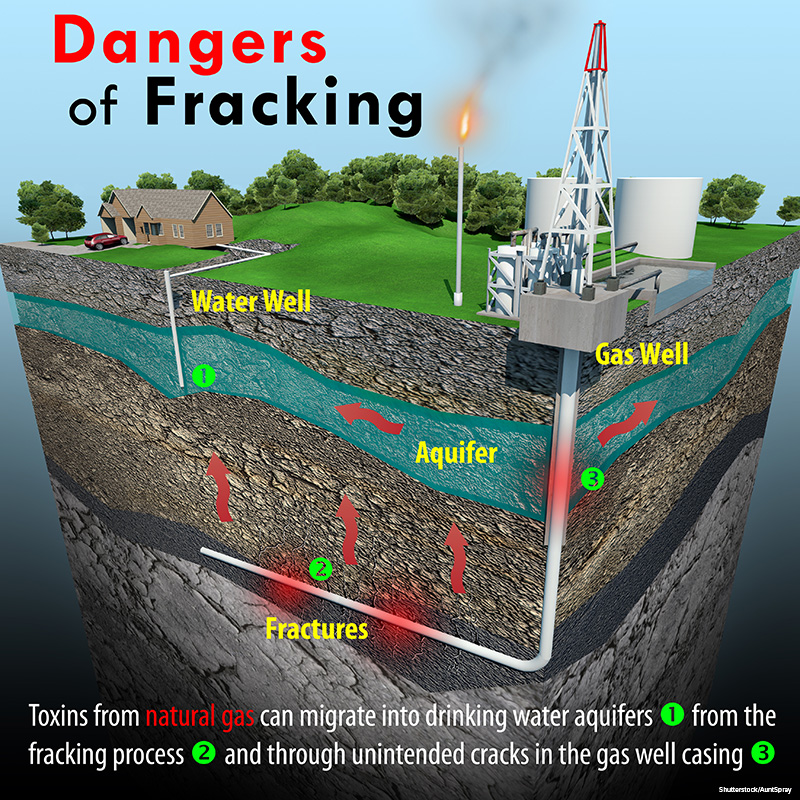California Takes a Stand on Fracking
You’ve heard of fracking, or hydraulic fracturing–the process by which oil and natural gas are removed from the earth by shooting a high-pressure water, sand, and chemical mixture into the rock deep inside the earth, pushing the oil and natural gas to the surface. It’s a highly controversial drilling technique with potentially serious environmental consequences. The state of California is cracking down on the industry with new regulations. Here, btw takes a closer look.
The Case for Fracking
According to the Independent Petroleum Association of America, or IPAA, fracking is a safe drilling technique that has been used since 1947. In that time, fracking has been responsible for producing more than 700 billion barrels of oil and 600 trillion cubic feet of natural gas in the U.S. alone. The organization argues that fracking has created roughly 2.7 million American jobs, reduced energy prices, and actually helped the environment by reducing U.S. greenhouse gas emissions. It has also made the U.S. a worldwide leader in oil production.
But What Are the Risks?
However, fracking can also have several potential environmental consequences. For one thing, the process uses huge amounts of water: each well can require up to 8 million gallons of water, and up to 40,000 gallons of chemicals. Once that water is used for fracking, it’s contaminated (or even radioactive) and can’t be reused or released back into the environment. At the same time, the groundwater surrounding the fracking site can also become contaminated.

There are also concerns about fracking causing earthquakes, as the “drilling” process reduces the stability of the bedrock. And because a by-product of natural gas drilling is methane gas, one of the worst greenhouse gas pollutants, the process also contributes to climate change. Other dangerous pollutants, such as carbon monoxide and formaldehyde, are released as well, with potentially serious health consequences for people living in the surrounding areas.
California Takes a Stand
Last month, California–frequently a maverick in environmental protections–announced new regulations on fracking in the state. Led by Democratic Governor Gavin Newsom, the new regulations bring about three major changes.
- First, any new fracking permits will be reviewed both by scientific experts and by the state Department of Finance.
- Second, all new wells will be prohibited from using a dangerous high-pressure cyclic steaming process.
- Finally, no oil or gas drilling will be allowed near homes, schools, hospitals, or parks.
The new rules come about in the wake of an ongoing massive spill at the Chevron oil field west of Bakersfield, California, which so far has released more than 900,000 gallons of oil and brine into the surrounding area.
What is the Response?
Those who are against the new regulations say that they will hurt the economy, because the less oil and natural gas is produced, the more expensive it becomes. They also point out that California’s regulations already go above and beyond those in the rest of the country.
But environmentalists insist that this is the kind of leadership needed to protect citizens from the environmental hazards of fracking, and to move the state in the direction of clean energy.
